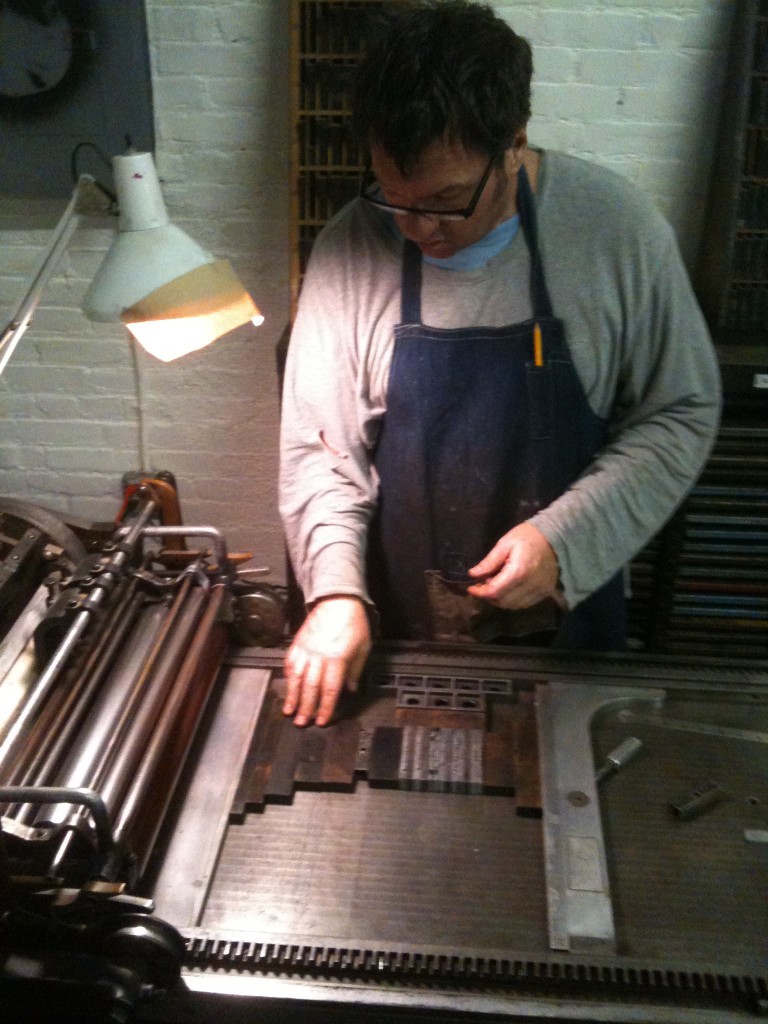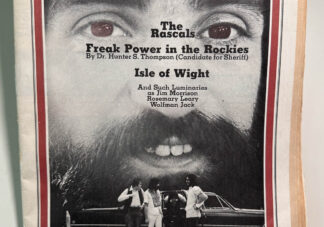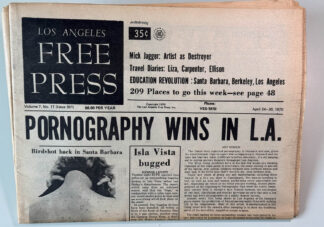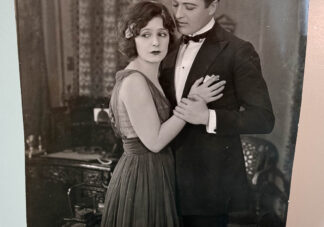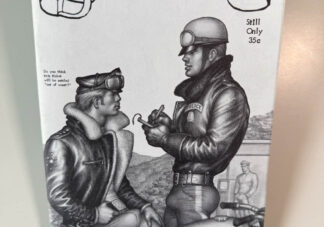Remember Joe Maynard’s Beet magazine? It was a small gem, published out of Brooklyn, New York, and I think I found a copy one day at Tower Records. Joe did a great job with Beet, and I wish it were still around.
I first stumbled on to Tsaurah Litzsky and her “blessing poems” in Beet. I went nuts over them. They made me laugh a whole lot, and anytime poetry makes me laugh, I want to publish it.
The Blessing Poems was synaesthesia press chapbook #5, and it was published in the late summer/fall of 1996. I remember the book well because it was only halfway done when I moved from Arizona to San Francisco and started graduate school.
I collated and bound the book in a little room I rented for a few months — #419 — at the Mayflower Hotel. The Mayflower’s on Bush Street between Geary and Taylor in San Francisco. There was a hot plate and a small TV, alongside my typewriter, piles of Blessing pages, and a stapler, all crammed on a kitchen table overlooking the city.
What a great view! I was almost on the top of Nob Hill, but I like to refer to that area as “the Tender Nob”. The Mayflower was right off the #29, near the #32, and just blocks from the heart of the ‘loin. I left that room to take a gig managing a residence hotel in the same neighborhood not too long after; I should have just stayed put in that hotel the entire time I lived in SF.
I don’t recall the limitation, but I do recall writing the colophon and ISBN by hand on each book. There’s still a few here, in the archives, that aren’t bound yet. And another synaesthesia press author, A.D. Michele, illustrated the book.
Tsaurah Litzky lives in Brooklyn, in the shadow of the Brooklyn Bridge. Maybe this is the reason she says the purpose of her work is to seek the light. She’s been widely published, most notably in the Best American Erotica series.
Tsaurah believes this is the Promised Land.
So do I…even after everything’s that happened since this book was published.











